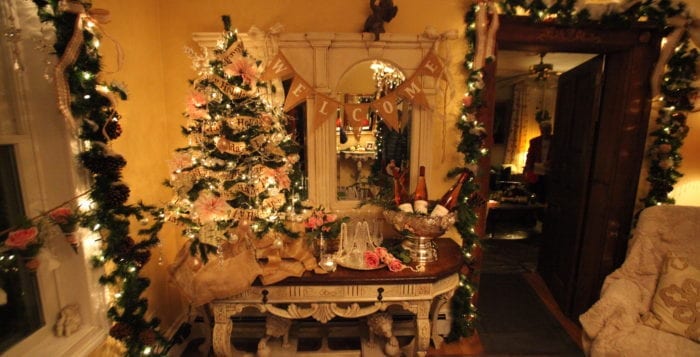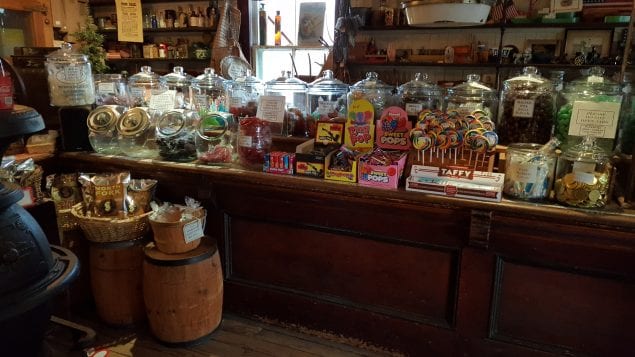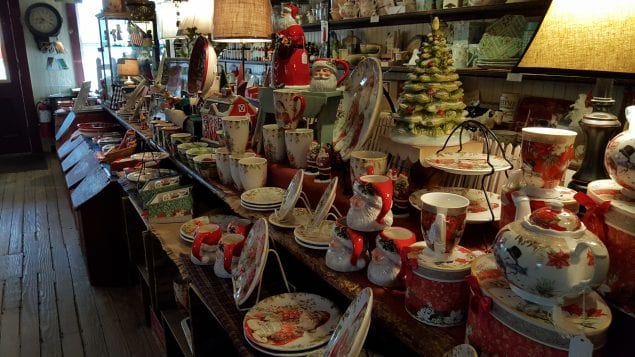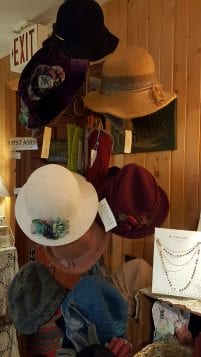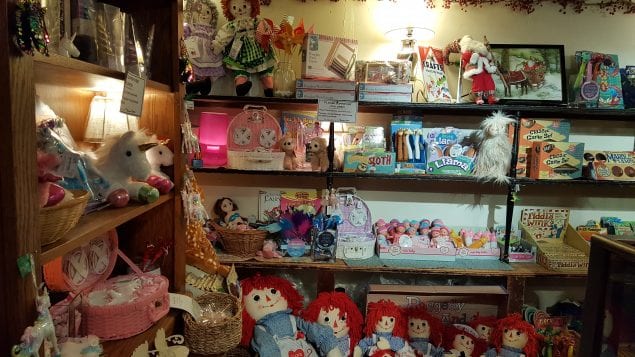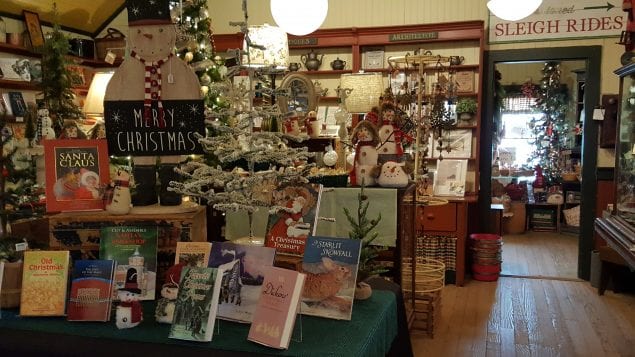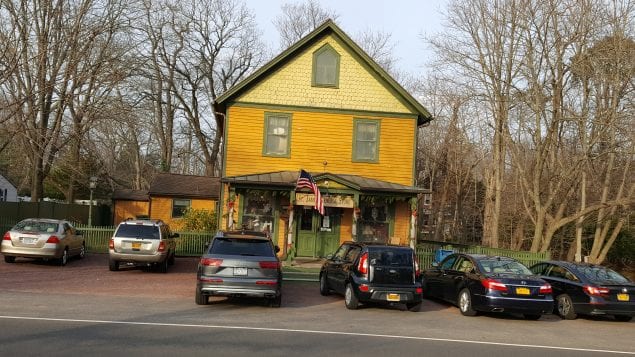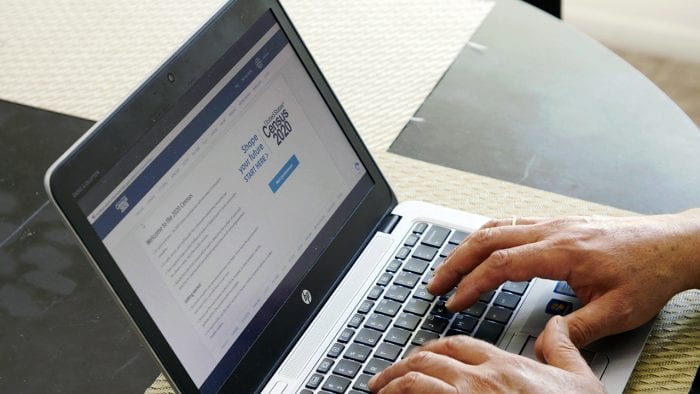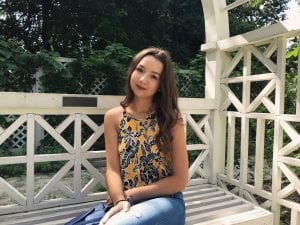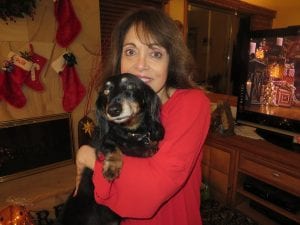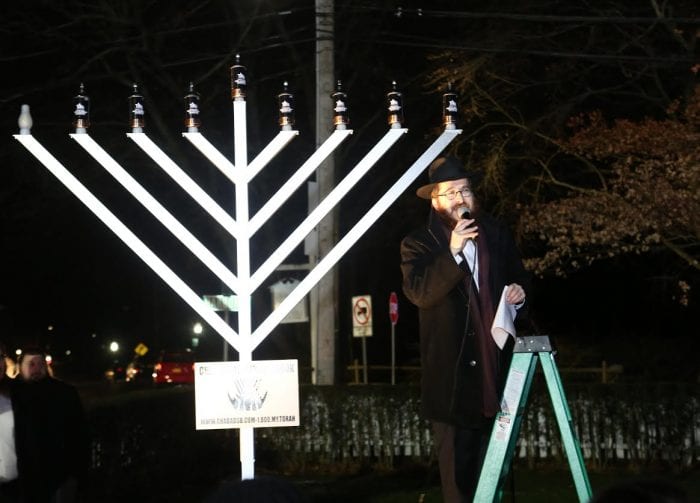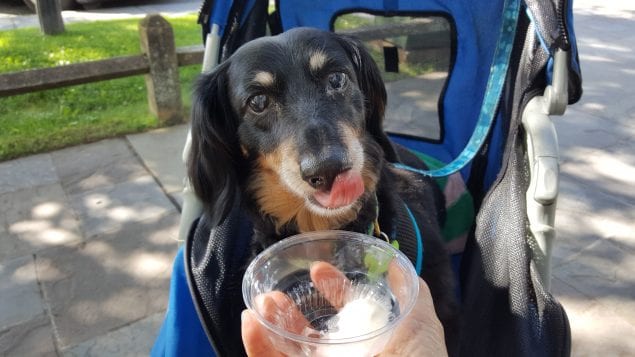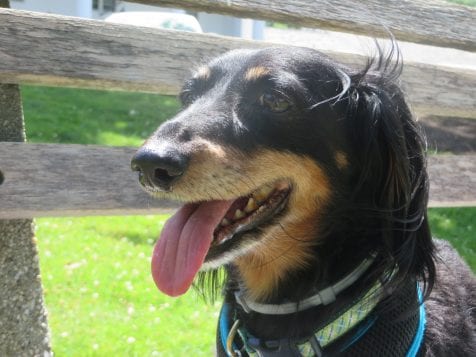By Thomas J. Manuel, D.M.A.
There’s that old saying that, “A picture speaks a thousand words.”
As I walk through the Jazz Loft lately I’m more mindful of the photos that are throughout our 6,000 square foot museum that is sadly idle and quiet these many months. I have some favorites, although they all speak to me in different ways. For me the photos speak stories of my friends and they remind me of our time together, albeit brief. They are also powerful reminders of this great lineage in Jazz that we who participate as musicians are all a part of.
When I pass the photos we have of Louis Armstrong and Duke Ellington I look at the youthful faces of my friends, who looked quite different when I knew them, and I repeatedly think to myself, “Wow, how amazing it must have been for them to share the stage and create music together with those giants!”
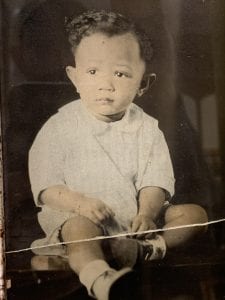
Born roughly two years apart, Ellington in 1899 and Armstrong in 1901 respectively, both had already lived through the first World War and they would go on to witness the Spanish Flu epidemic, the Great Depression, World War II, the Cold War, and the turbulent 1960s and the Vietnam conflict.
One can read Louis Armstrong’s descriptions of his experience of the 1918 influenza pandemic firsthand as he remembers it in his 1954 memoir Satchmo: My Life in New Orleans. There he says: “Just when the government was about to let crowds of people congregate again so that we could play our horns once more the lid was clamped down tighter than ever. That forced me to take any odd jobs I could get. With everybody suffering from the flu, I had to work and play the doctor to everyone in my family as well as all my friends in the neighborhood. If I do say so, I did a good job curing them.”
Today Jazz musicians and artists in general are experiencing a complete and utter shutdown that literally hasn’t been seen since over a hundred years ago as Armstrong described. The question of course we’re all asking ourselves regardless of what walk of life we come from is, “How do I deal with this? What do I DO?”
One of the greatest American composers, Edward Kennedy “Duke” Ellington might be of inspiration and assistance to us as it was Duke Ellington who once said that, “A problem is a chance for you to do your best.” Put that little caveat together with some sage words of wisdom from old satchel mouth himself and you’ve got quite the collaboration of ideas— in the spirit of Jazz of course. Louis Armstrong’s own theory on how to solve those problems was that, “If lots more of us loved each other, we’d solve lots more problems.”
The music of these larger than life giants in Jazz continues to inspire us decades after their departure from the stage of life, but if one digs deeper (and ya gotta dig to dig, ya dig!?) you’ll find a type of inspiration that speaks to that deeper place in each of us. It speaks not just to the heart, but to the soul. It speaks not just about happiness, but of joy.
These are truly different things and Duke and Pops were not only in tune with them, they were absolutely vibrating with these truths. In fact, their generation was indeed one that was skilled in navigating problems. When I walk through the Jazz Loft and purvey these photos of youthful legends I can’t help but think about how skillfully, how successfully they fought their battles and wrestled their giants.

Vibraphonist Teddy Charles (actually Theodore Cohen, Teddy Charles was his stage name) had a father who discouraged music and was forced to change his name to gain entrance into the music business because his given name was too Jewish. Luckily his mother who had been a somewhat accomplished pianist and singer who dabbled briefly in early entertainment playing for silent movies and vaudeville encouraged her son’s musical journey. Charles would continue to compose, perform, arrange, record and produce, one of the first quintuple threats in the music industry alongside his pals Mingus, Trane, Monk, Bird, and a slew of others.
Pianist Jack Wilson was so poor that his parents literally couldn’t feed him so he was sent from Chicago at the end of the Great Depression to live with an aunt up north who had enough means to do so. Luckily for Jack there was a piano in the house which became his emotional outlet. He’d later join the army and would be appointed the director of the Third Army Area Band; the first black person to ever hold the position. Wilson would pursue college studies at the University of Indiana and go on to collaborate with Dinah Washington, Sammy Davis Jr., Sarah Vaughan and his trio would become the hard bop jewel in the crown of Blue Note Records.
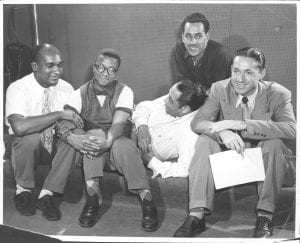
If you pay the Jazz Loft a visit when we’re open again you can gaze upon the photos of others like Louis Jordan, Lester Lanin, Keely Smith, Arthur Prysock and Lloyd Trotman. Without even trying these individuals modeled their values and taught us what really was important. Forged by the struggles of their time they’d go on to become the grandfather of rock n’ roll, pioneering Grammy artists, civil rights workers, and to produce the soundtrack to the American experience during the 20th century. If you don’t recognize the names you’re sure to recognize the tunes: “Stand By Me”, “Let The Good Times Roll”, “From Here to Eternity” “That Old Black Magic” and if you’re old enough, remember “Let it Be Lowenbrau”?
There has never been another person like those mentioned prior. They were men and women of deep faith, undying love, tenacious conviction, profound insight and constant hope. They taught us that it can be easy to quit during difficult times without a strong and proper foundation, and in doing so showed us that hard work and living ones truth can build that foundation to withstand the hard times.
Their’s was a deeper message not to let anyone think less of you because you are young— to be an example to all in what you say, in the way you live, in your love, and so much more. Their example was one of seeing our problems as wondrous opportunities to do better, and most of all, to show love. They were, in a word, JAZZ. And if Jazz were a person, we’d all be a better person our selves for having them in our lives.

Author Tom Manuel is a Jazz historian, music educator, trumpet player and Founder and President of The Jazz Loft, 275 Christian Ave., Stony Brook. For more information, visit www.thejazzloft.org.
This article first appeared in Prime Times, a supplement of TBR News Media, on Jan. 28, 2021.


